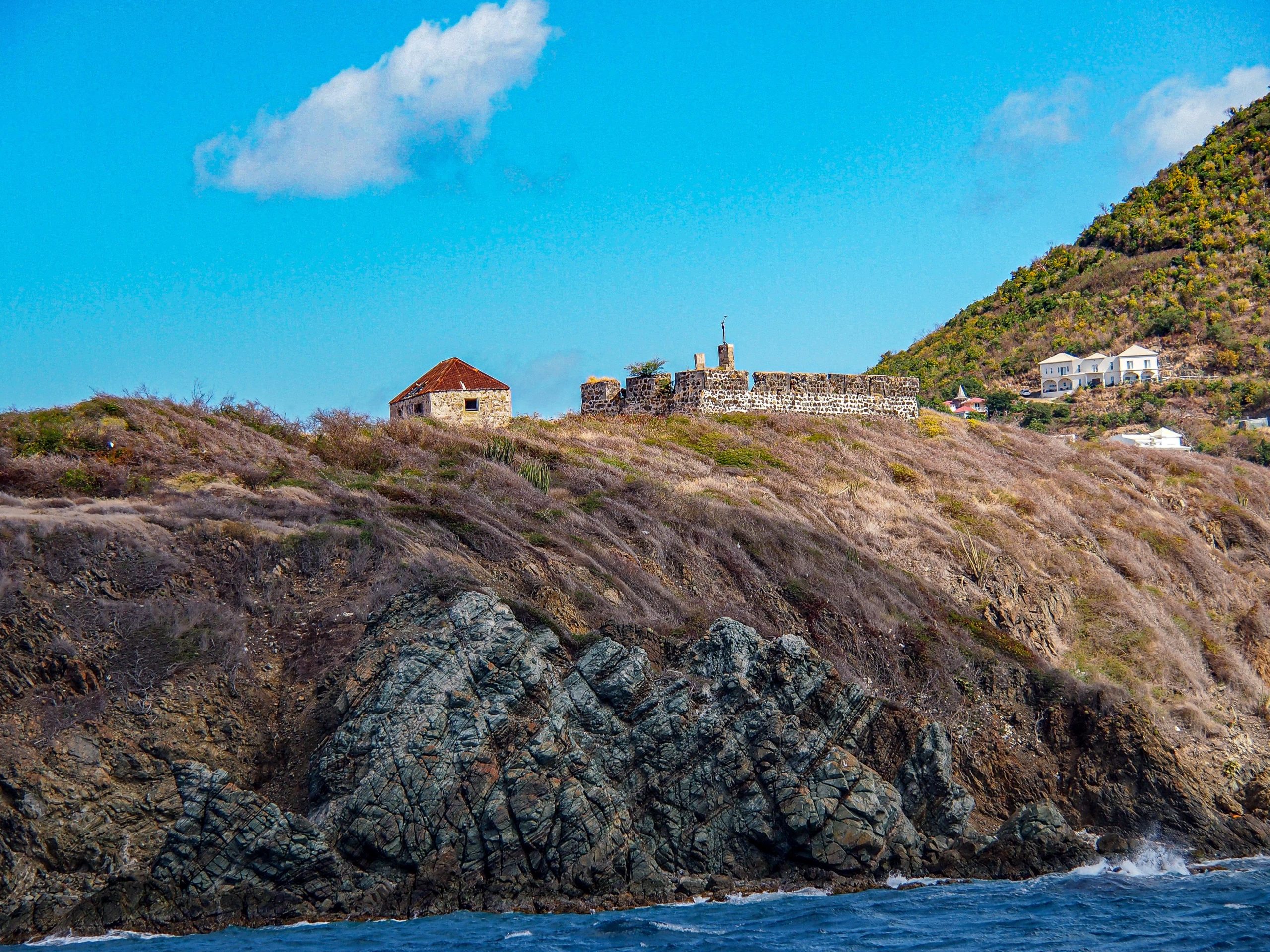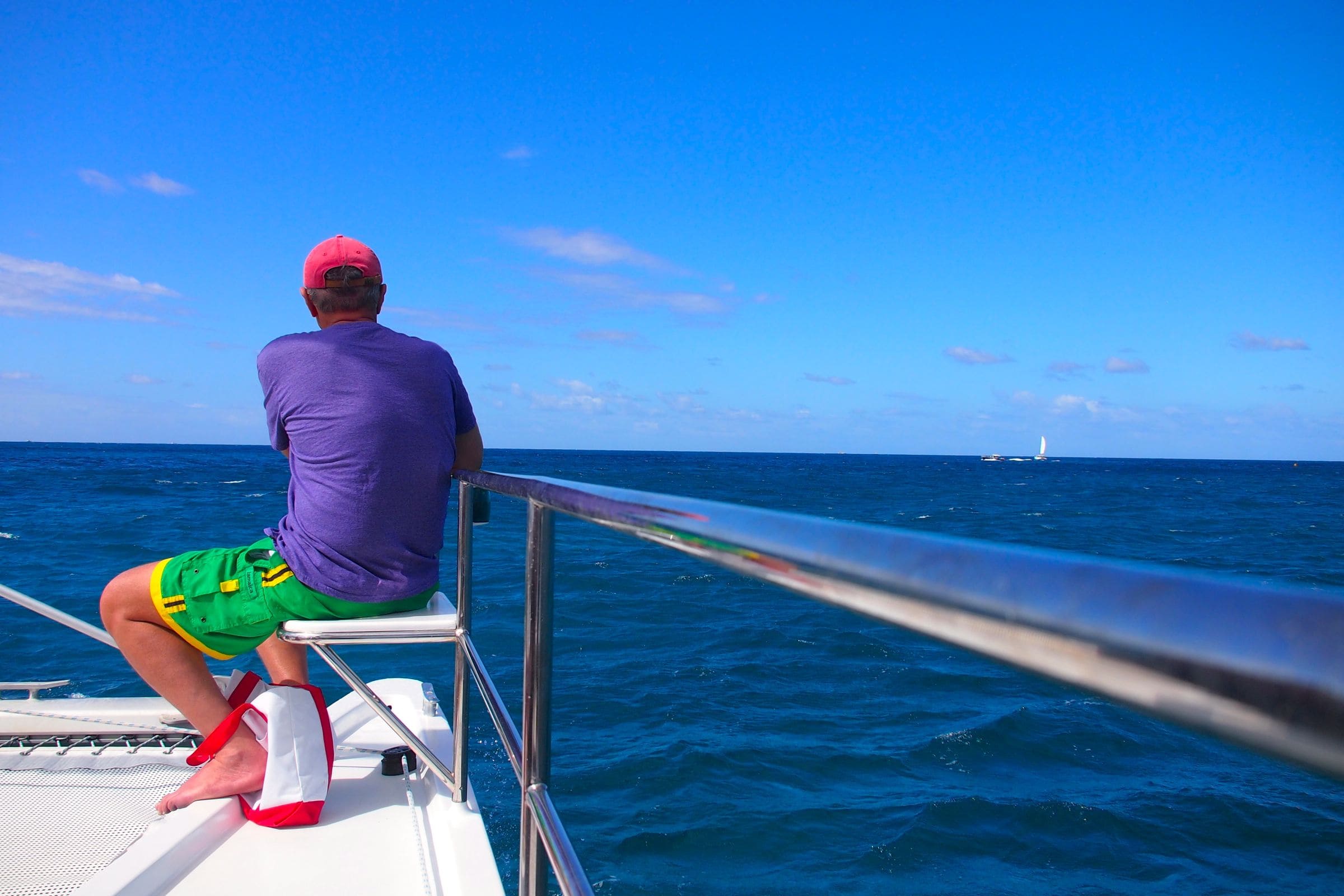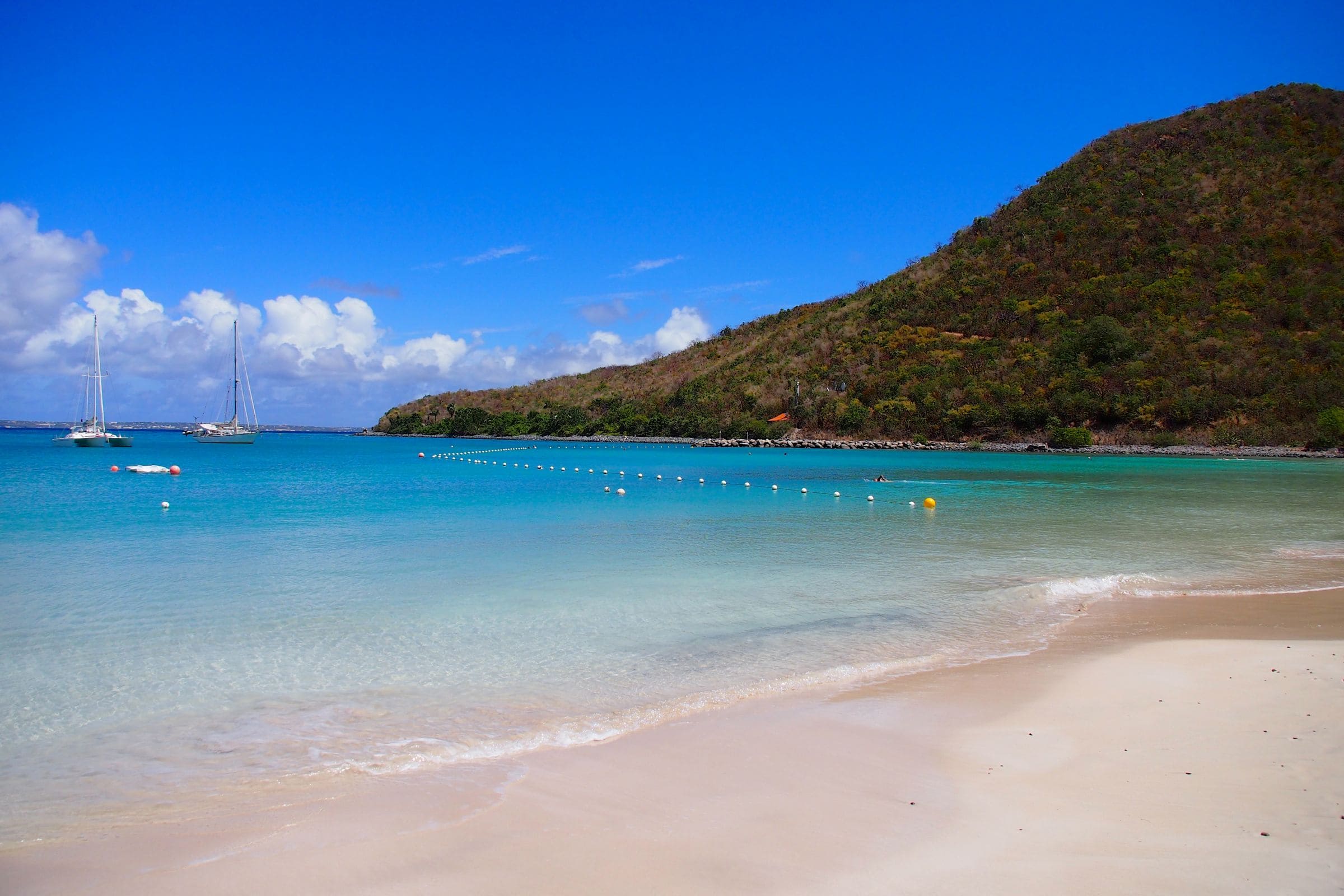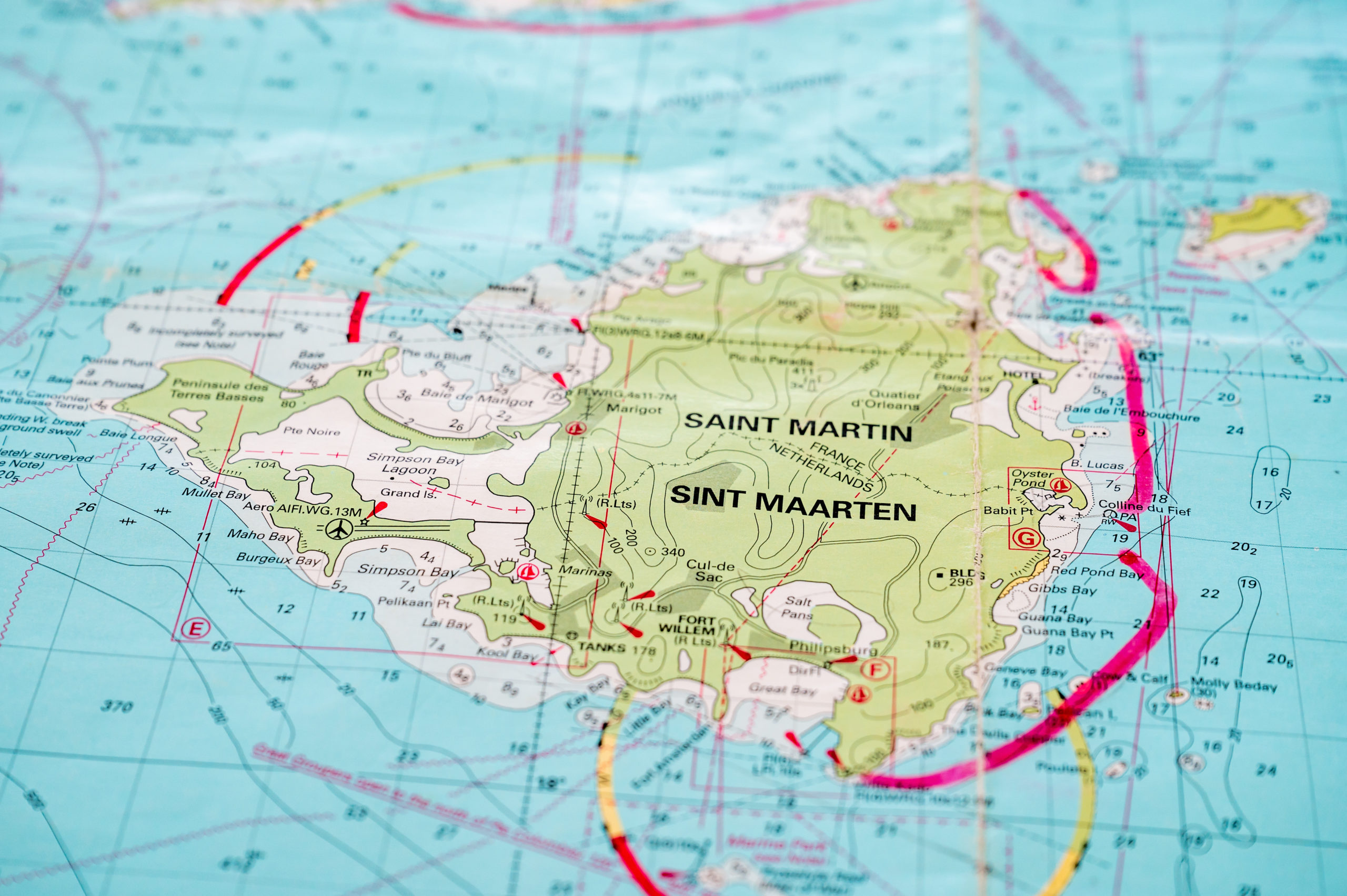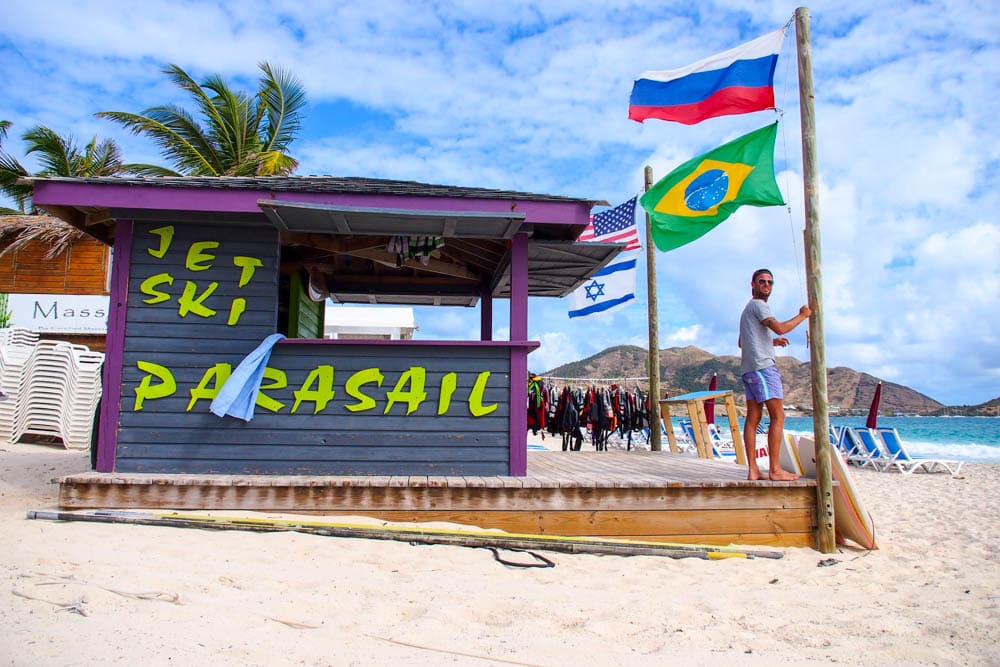Fort Amsterdam, Sint Maarten – Sadly Decaying 17th Century Stronghold
It didn’t look like much from the sea. At least not to me. Just another seaside Caribbean home yet to be rebuilt following a major tropical storm, I thought. I, however, was wrong. Soon after the half-day St. Martin/St. Maarten sailing excursion that brought me right past her perch, I realized that I was looking at a major remnant of Caribbean history. I was looking at Fort Amsterdam.
One of the Caribbean’s oldest citadels, Fort Amsterdam was built by the Dutch in 1631. Notably, it was the first Dutch colonial fort constructed in the Caribbean. Its purpose was to defend fledgling Dutch colonial interests in Sint Maarten.
Upon being put to the test, though, it failed.
Spanish History of Dutch Fort Amsterdam
The Spanish captured Fort Amsterdam just two years after it was constructed. Not only did they hold onto it for 15 years, they also expanded the structure. In the process, the Spanish employed construction methods and styles similar to those they had used in erecting massive fortifications like El Morro in nearby Puerto Rico.
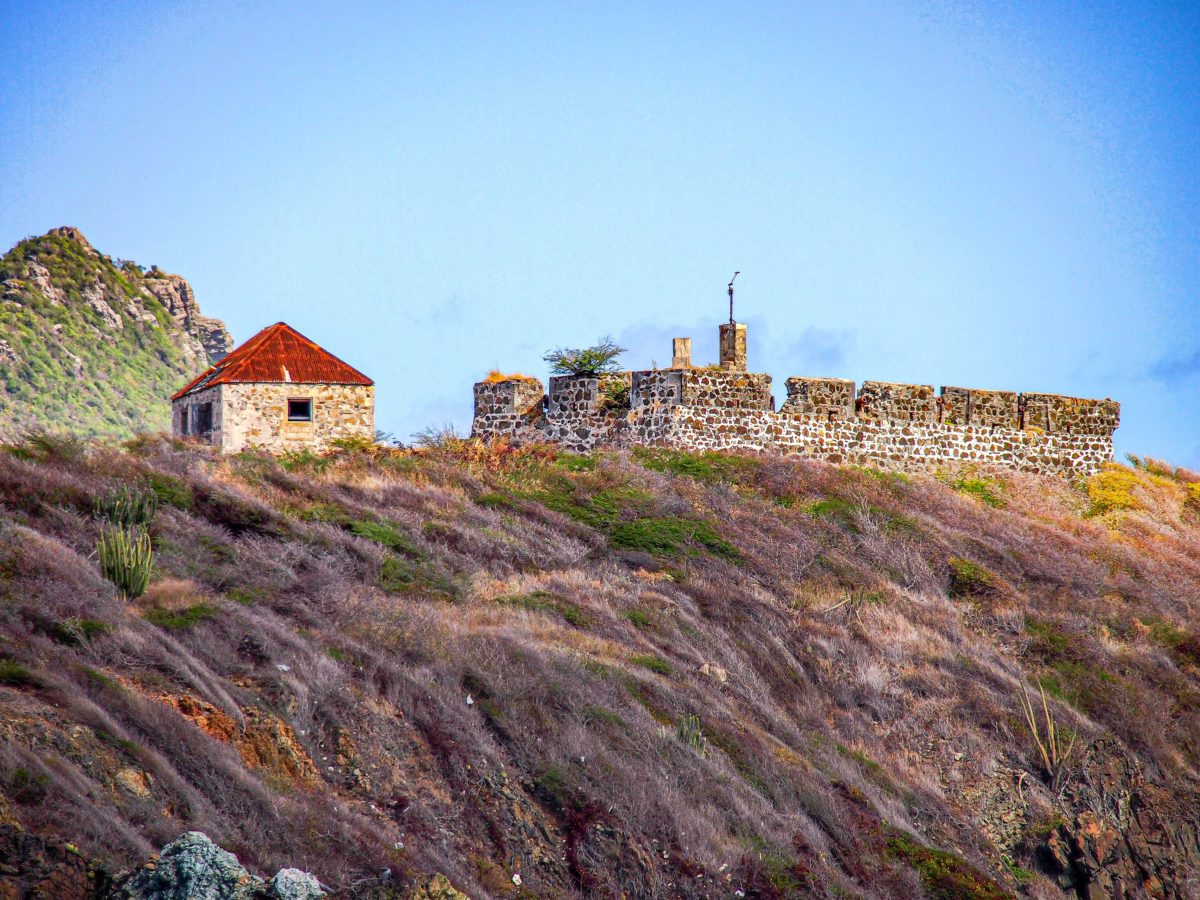
Throughout the portion of the Eighty Years’ War that saw the Spanish in control of St. Maarten, Fort Amsterdam grew in prominence. For a time, it was even considered the Spanish’s foremost Caribbean fortification, next to El Morro.
Spanish control of Fort Amsterdam and Sint Maarten ended with the Treaty of Westphalia in 1648. The agreement signed among the Spanish, Dutch, and French, saw the Spanish leave SXM for good. The French and Dutch later split the island between them under the Treaty of Concordia, applying a most uncommon method for determining the border.
Mixed Styles Make It Unique
Much like the continued coexistence of the Dutch and French in SXM, the combination of Dutch and Spanish styles in Fort Amsterdam make it unique.
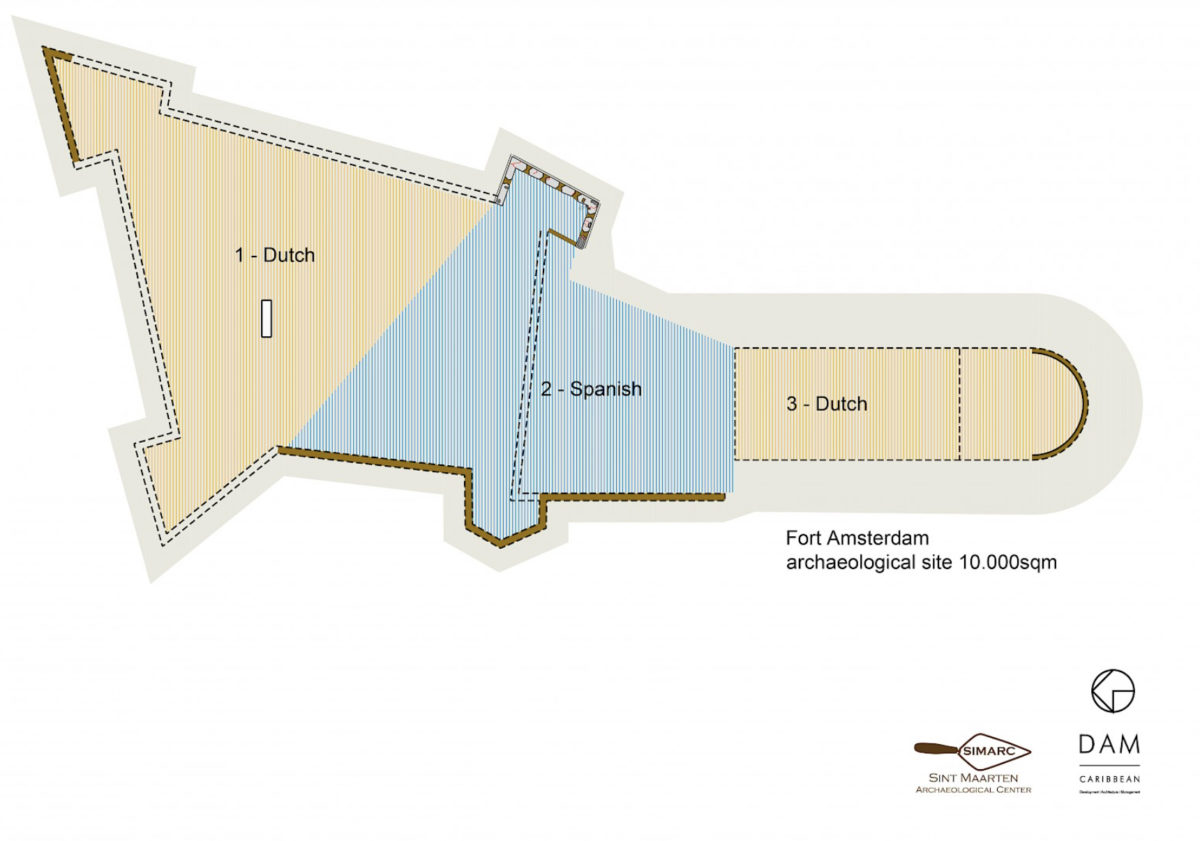
The heart of the structure was built by the Spanish. Ramparts extending out from Spanish center espouse distinctly Dutch colonial architecture.
Well, at least they used to…
Sad Ruins Still Worth Seeing Up Close
These days Fort Amsterdam lies almost entirely in ruins, as is readily noticeable from the sea. An emergency repair funded by the Dutch government in 2016 represents the only effort to preserve it in any way in recent years. Local architecture/development firm, DAM Caribbean, teamed with the Sint Maarten Archaeology Center (SIMARC) to prevent the fort from collapsing into the sea at the time.
You might think there would be more of a sustained push to preserve this uncommon piece of history. Sadly, though, it seems that the owners of the fort and its surrounds, Divi Little Bay Beach Resort, are not much interested in preserving it.
Either way, I’ve read and also been told that an up-close visit to the fort is still worth the trek. This is especially true if you love birding.
BirdLife International has designated the Fort Amsterdam peninsula as an Important Bird Area. This is largely in deference to the burgeoning brown pelican colony there. Up to 60 nests are said to be found on the western slopes below the fort. This, the historic ruins, and the sweeping views of the surrounding bays, must make for some great hiking adventures.
Believe me, I won’t just sail past this peninsula next time I’m in SXM…
How To Visit Fort Amsterdam
Getting here, though, isn’t as straightforward as visiting St. Martin’s other fort in ruins. Fort Amsterdam is located atop the peninsula separating Little Bay and Great Bay in southern Sint Maarten. As noted above, this is the private property of the Divi Little Bay Beach Resort. Access to the area is controlled by resort security, though I’m told they’re happy to let you in to explore if you ask nicely. I hope to find out first-hand soon. Stay tuned…
